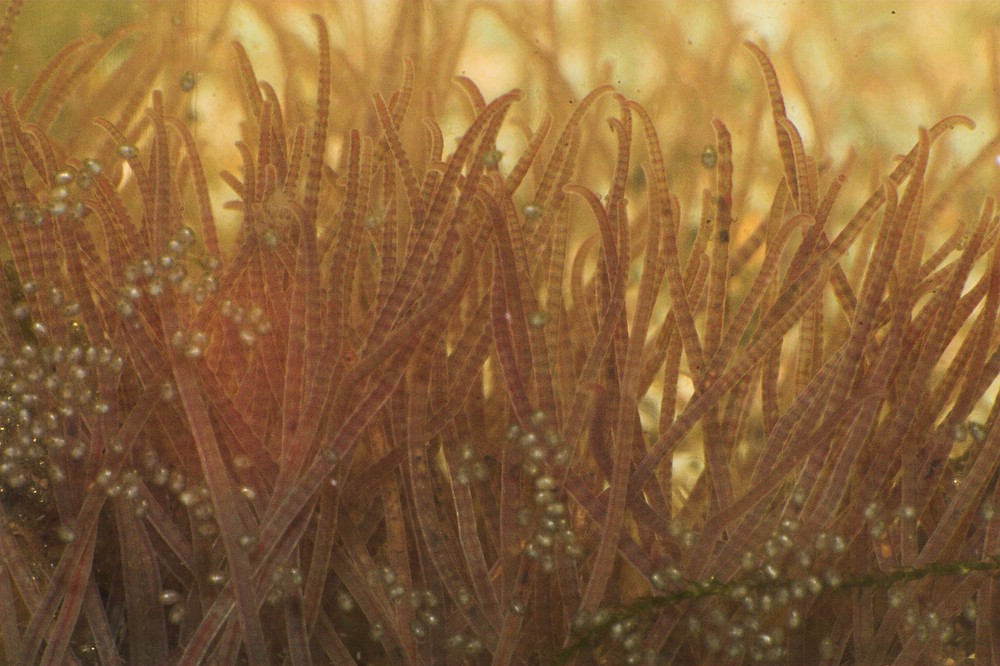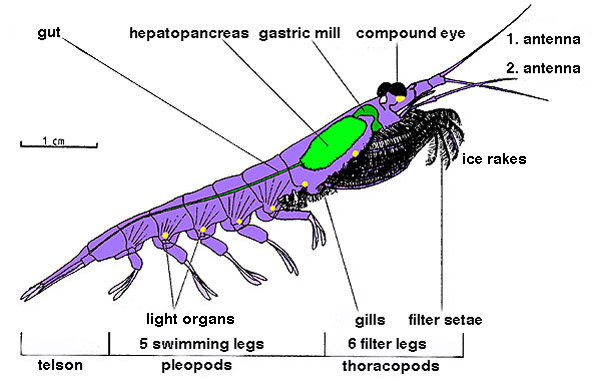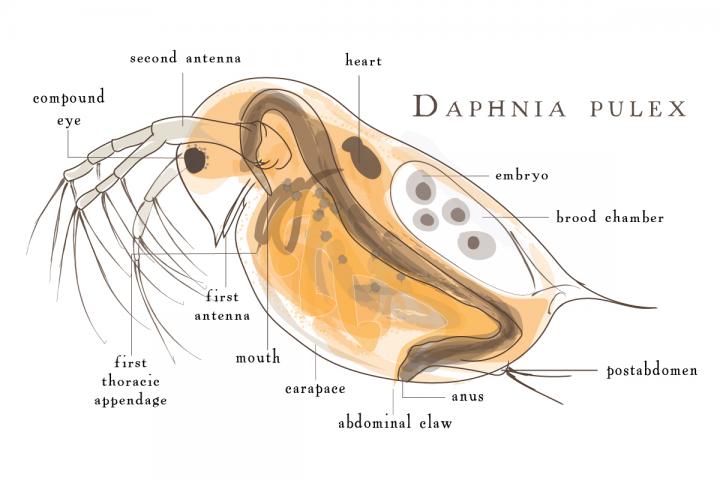|
Skunk Loach
The skunk loach, skunk botia or Hora's loach (''Yasuhikotakia morleti''; syn. ''Botia morleti'', ''Botia horae'') is a species of botiid loach found in the Mekong River basin in Indochina, as well as the Chao Phraya and Mae Klong basins in Thailand. The maximum size is 10 cm (4 in) and it occurs in water with parameters 26 - 30 °C (79 to 86 °F) temperature, pH 6.0 to 8.0, hardness 5.0 to 12.0. It feeds on live crustaceans, insects, snails and other invertebrates. Despite being seen frequently in the aquarium trade, skunk loaches tend to be a naturally territorial fish, and will chase any (and all) other tankmates, regardless of size. Thus they may not suitable for community-style tanks, unless part of that community consists of a small school of skunk botia; a school can create a hierarchy amongst themselves and spread out their natural tension evenly. Smaller fish and bottom feeders in the tank can be pursued, attacked and/or killed. If not physically ma ... [...More Info...] [...Related Items...] OR: [Wikipedia] [Google] [Baidu] |
Gilbert Tirant
Gilbert Tirant (12 June 1848, Lyon – 2 October 1899, Lyon) was a French government official and naturalist. He studied medicine at Lyon, and following graduation in 1873 he traveled to Tunisia, publishing "''Voyage dans la régence de Tunis''" (1874; co-author Fleury Rebatel) as a result. Afterwards he was stationed in French Indochina, where he spent many years as an administrator in Cochinchina, Annam and Tonkin. In 1894 he was appointed director of political affairs and protectorates in the ''Gouvernement général de l’Indochine''. In 1898 he returned to France, where he died the following year of malaria.Tirant, Gilbert Sociétés savantes de France He supplied the museum in Lyon with a rich collection of birds, fish and other animals from Cochinchina. He also described several new species of fish whose types are kept in the museum. ... [...More Info...] [...Related Items...] OR: [Wikipedia] [Google] [Baidu] |
Betta
''Betta'' is a large genus of small, active, often colorful, freshwater ray-finned fishes, in the gourami family (Osphronemidae). The best known ''Betta'' species is ''B. splendens,'' commonly known as the Siamese fighting fish and often kept as an aquarium pet. Characteristics All ''Betta'' species are small fishes, but they vary considerably in size, ranging from under 2.5 cm (1 in) total length in ''B. chanoides'' to 14 cm (5.5 in) in the Akar betta (''B. akarensis''). Bettas are anabantoids, which means they can breathe atmospheric air using a unique organ called the labyrinth. This accounts for their ability to thrive in low-oxygen water conditions that would kill most other fish, such as rice paddies, slow-moving streams, drainage ditches, and large puddles. The bettas exhibit two kinds of spawning behaviour: some build bubble nests, such as ''B. splendens'', while others are mouthbrooders, such as ''B. picta''. The mouthbrooding species are sometim ... [...More Info...] [...Related Items...] OR: [Wikipedia] [Google] [Baidu] |
Fish Of Thailand
Fish are Aquatic animal, aquatic, craniate, gill-bearing animals that lack Limb (anatomy), limbs with Digit (anatomy), digits. Included in this definition are the living hagfish, lampreys, and Chondrichthyes, cartilaginous and bony fish as well as various extinct related groups. Approximately 95% of living fish species are ray-finned fish, belonging to the class Actinopterygii, with around 99% of those being teleosts. The earliest organisms that can be classified as fish were soft-bodied chordates that first appeared during the Cambrian period. Although they lacked a vertebrate, true spine, they possessed notochords which allowed them to be more agile than their invertebrate counterparts. Fish would continue to evolve through the Paleozoic era, diversifying into a wide variety of forms. Many fish of the Paleozoic developed placodermi, external armor that protected them from predators. The first fish with jaws appeared in the Silurian period, after which many (such as sharks) b ... [...More Info...] [...Related Items...] OR: [Wikipedia] [Google] [Baidu] |
Fish Of Southeast Asia
Fish are aquatic, craniate, gill-bearing animals that lack limbs with digits. Included in this definition are the living hagfish, lampreys, and cartilaginous and bony fish as well as various extinct related groups. Approximately 95% of living fish species are ray-finned fish, belonging to the class Actinopterygii, with around 99% of those being teleosts. The earliest organisms that can be classified as fish were soft-bodied chordates that first appeared during the Cambrian period. Although they lacked a true spine, they possessed notochords which allowed them to be more agile than their invertebrate counterparts. Fish would continue to evolve through the Paleozoic era, diversifying into a wide variety of forms. Many fish of the Paleozoic developed external armor that protected them from predators. The first fish with jaws appeared in the Silurian period, after which many (such as sharks) became formidable marine predators rather than just the prey of arthropods. Most fis ... [...More Info...] [...Related Items...] OR: [Wikipedia] [Google] [Baidu] |
List Of Freshwater Aquarium Fish Species
A vast number of aquatic species have successfully adapted to live in the freshwater aquarium. This list gives some examples of the most common species found in home aquariums. Catfish Characins and other characiformes Cichlids Cyprinids Loaches and related cypriniformes Live-bearers and killifish Labyrinth fish Rainbowfish Gobies and sleepers Sunfish and relatives Other fish See also * List of aquarium fish by scientific name *List of brackish aquarium fish species *List of fish common names * List of freshwater aquarium amphibian species *List of freshwater aquarium invertebrate species *List of freshwater aquarium plant species * List of marine aquarium fish species * List of marine aquarium invertebrate species * The Aquarium Wiki Encyclopaedia List of Freshwater aquarium fish Sources * Encyclopedia of Aquarium and Pond Fish (2005) ( David Alderton) * 500 Aquari ... [...More Info...] [...Related Items...] OR: [Wikipedia] [Google] [Baidu] |
Assassin Snail
''Anentome helena'', common name assassin snail or bumblebee snail, is a species of freshwater snail with an operculum, an aquatic gastropod in the family Nassariidae, most of which are marine. Distribution The assassin snail is found throughout southeast Asia, especially in Malaysia, Thailand, and in Lake Toba on the Indonesian island Sumatra. Boon-ngam P., Sriyarun J., Tanamai S. & Dumrongrojwattana P. (PDF file created 12 January 2010). "การศึกษาเบืองต้ นความหลากชนิดของหอยทากบก และหอยนําจืดในจังหวัดสระแก้ ว Preliminary taxonomic study of land snail and freshwater mollusk species in Sakaeo Province, Eastern Thailand". 10 pp., pages unnumberedPDF Description The assassin snail typically grows to in size, though this is dependent on food sources; they are usually smaller when kept in an aquarium. The shell, which is conical in shape, often ... [...More Info...] [...Related Items...] OR: [Wikipedia] [Google] [Baidu] |
Cherry Shrimp
''Neocaridina davidi'' is a freshwater shrimp originating from eastern China and northern Taiwan and introduced in the rest of Taiwan, Japan, and Hawaii, which is commonly kept in aquaria. The natural coloration of the shrimp is green-brown. There are a wide range of colors such as red, yellow, orange, green, blue, violet, black, etc., however, the red morph is more frequently sold. The density of coloration on adult shrimp, dependent on breeding, determines their sale price and "quality" (grading). This "quality" is purely aesthetic, as the size, behavior and other characteristics of the animal are more or less equal across varieties. Full-grown shrimp reach about long. They prefer clean water, with a pH of 6.5-8, and a temperature of They are most comfortable at . ''N. davidi'' shrimp are omnivores that may live 1–2 years. These shrimp have previously been classified as ''Neocaridina heteropoda'' and ''Neocaridina denticulata sinensis'', however are now known as ''Ne ... [...More Info...] [...Related Items...] OR: [Wikipedia] [Google] [Baidu] |
Amano Shrimp
''Caridina multidentata'' is a species of shrimp in the family Atyidae. It is native to Japan and Taiwan.De Grave, S., Shy, J. & Cai, X. 2013''Caridina multidentata''.The IUCN Red List of Threatened Species 2013. Downloaded on 14 June 2016. Its common names include Yamato shrimp, Japanese shrimp, Amano shrimp, and algae shrimp. Description This species has a translucent body covered with a broken line of reddish brown points on its sides. The dorsal surface has a white stripe that runs from the head to the tail and the eyes are black. Females are easily distinguished from males by their more elongated lower row of dots. ''Caridina multidentata'' fare best in temperatures of 18 °C to 28 °C. They are more active at higher temperatures, but may also have a shorter lifespan. They prefer a pH of 6.5 to 7.5. As with all crustaceans, they are extremely averse to copper due to their haemocyanin blood. ''Caridina multidentata'' mate in freshwater streams and marshes. Female ... [...More Info...] [...Related Items...] OR: [Wikipedia] [Google] [Baidu] |
Tubifex Worms
''Tubifex'' is a cosmopolitan genus of tubificid annelids that inhabits the sediments of lakes, rivers and occasionally sewer lines. At least 13 species of ''Tubifex'' have been identified, with the exact number not certain, as the species are not easily distinguishable from each other. Reproduction ''Tubifex'' worms are hermaphroditic: each individual has both male (testes) and female (ovaries) organs in the same animals. These minute reproductive organs are attached to the ventral side of the body wall in the celomic cavity. In mature specimens, the reproductive organs are clearly found on the ventral side of the body. Copulation and cocoon formation Although the ''Tubifex'' worms are hermaphrodites, the male and female organs become mature at different times; thus self-fertilization is avoided, and cross-fertilization is encouraged. Two mature ''Tubifex'' worms undergo copulation by joining ventral and anterior surfaces together with their anterior ends pointing opposite d ... [...More Info...] [...Related Items...] OR: [Wikipedia] [Google] [Baidu] |
Krill
Krill are small crustaceans of the order Euphausiacea, and are found in all the world's oceans. The name "krill" comes from the Norwegian Norwegian, Norwayan, or Norsk may refer to: *Something of, from, or related to Norway, a country in northwestern Europe * Norwegians, both a nation and an ethnic group native to Norway * Demographics of Norway *The Norwegian language, including ... word ', meaning "small fry of fish", which is also often attributed to species of fish. Krill are considered an important trophic level connection – near the bottom of the food chain. They feed on phytoplankton and (to a lesser extent) zooplankton, yet also are the main source of food for many larger animals. In the Southern Ocean, one species, the Antarctic krill, ''Euphausia superba'', makes up an estimated biomass (ecology), biomass of around 379,000,000 tonnes, making it among the species with the largest total biomass. Over half of this biomass is eaten by whales, Pinniped, seals, pen ... [...More Info...] [...Related Items...] OR: [Wikipedia] [Google] [Baidu] |
Daphnia
''Daphnia'' is a genus of small planktonic crustaceans, in length. ''Daphnia'' are members of the order Anomopoda, and are one of the several small aquatic crustaceans commonly called water fleas because their saltatory swimming style resembles the movements of fleas. ''Daphnia'' spp. live in various aquatic environments ranging from acidic swamps to freshwater lakes and ponds. The two most commonly found species of ''Daphnia'' are '' D. pulex'' (small and most common) and '' D. magna'' (large). They are often associated with a related genus in the order Cladocera: ''Moina'', which is in the Moinidae family instead of the Daphniidae, and is much smaller than ''D. pulex'' (roughly half the maximum length). Appearance and characteristics The body of a ''Daphnia'' species is usually long, and is divided into segments, although this division is not visible. The head is fused, and is generally bent down towards the body with a visible notch separating the two. ... [...More Info...] [...Related Items...] OR: [Wikipedia] [Google] [Baidu] |
Brine Shrimp
''Artemia'' is a genus of aquatic crustaceans also known as brine shrimp. It is the only genus in the family Artemiidae. The first historical record of the existence of ''Artemia'' dates back to the first half of the 10th century AD from Urmia Lake, Iran, with an example called by an Iranian geographer an "aquatic dog," although the first unambiguous record is the report and drawings made by Schlösser in 1757 of animals from Lymington, England. ''Artemia'' populations are found worldwide in inland saltwater lakes, but not in oceans. ''Artemia'' are able to avoid cohabiting with most types of predators, such as fish, by their ability to live in waters of very high salinity (up to 25%). The ability of the ''Artemia'' to produce dormant eggs, known as cysts, has led to extensive use of ''Artemia'' in aquaculture. The cysts may be stored indefinitely and hatched on demand to provide a convenient form of live feed for larval fish and crustaceans. Nauplii of the brine shrimp ''Artemia' ... [...More Info...] [...Related Items...] OR: [Wikipedia] [Google] [Baidu] |









